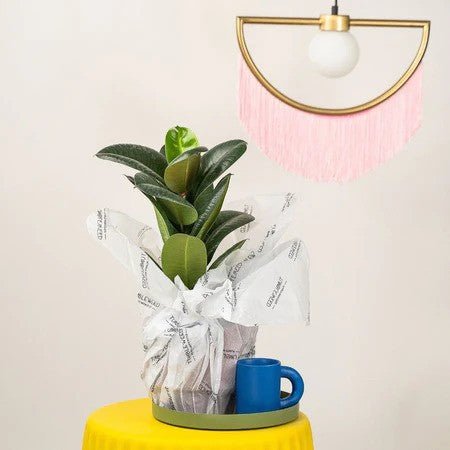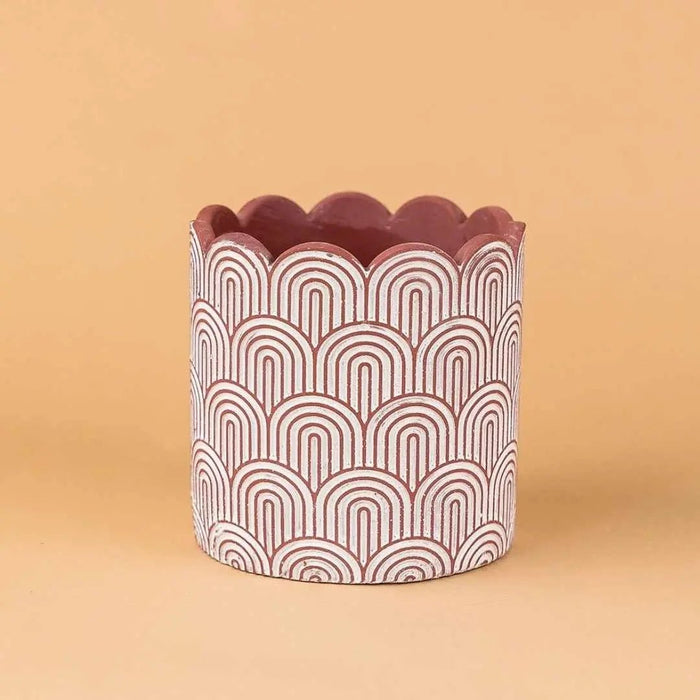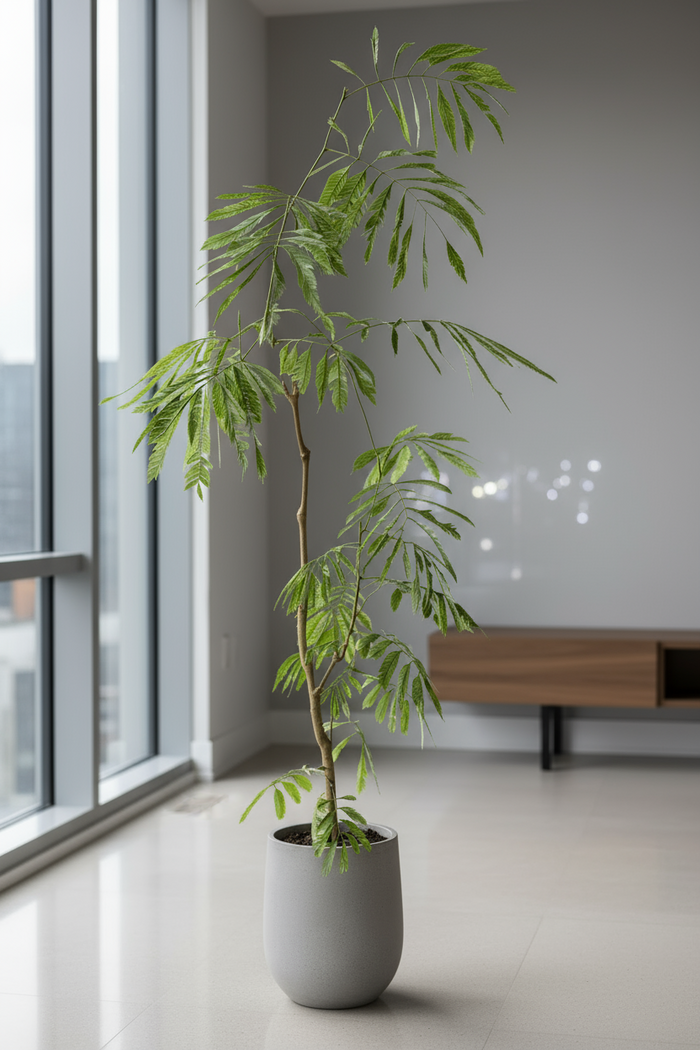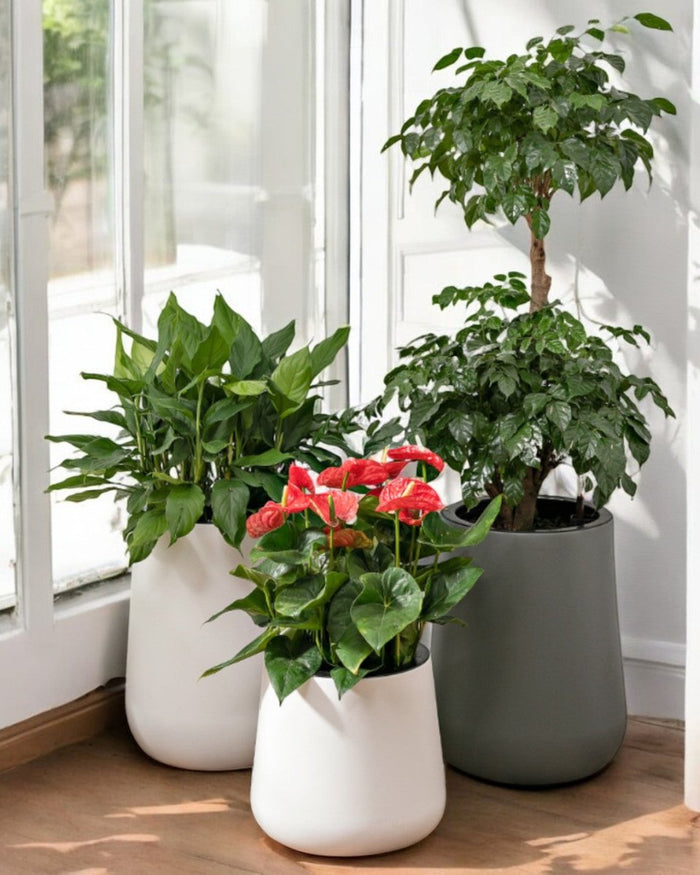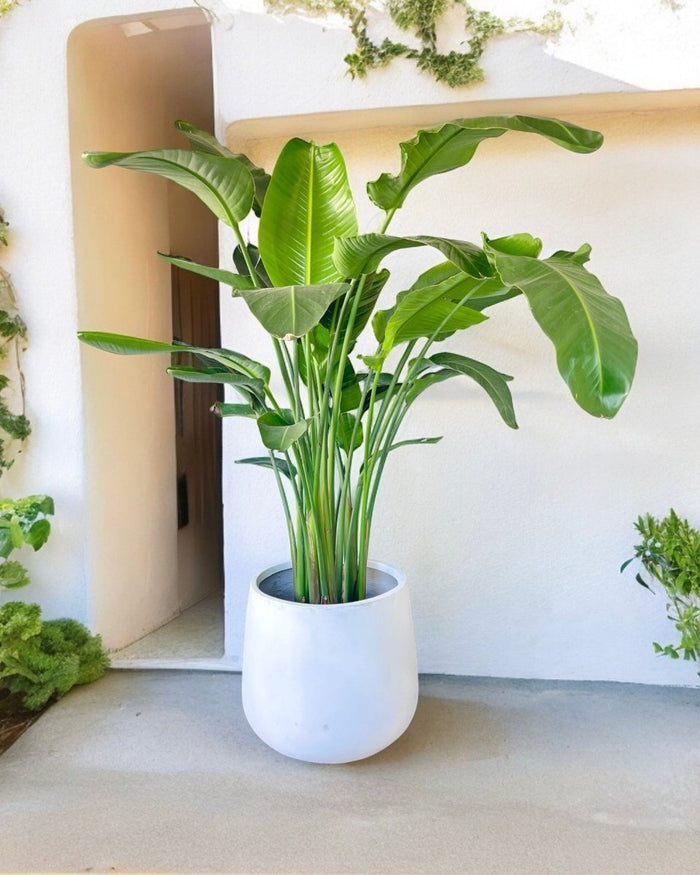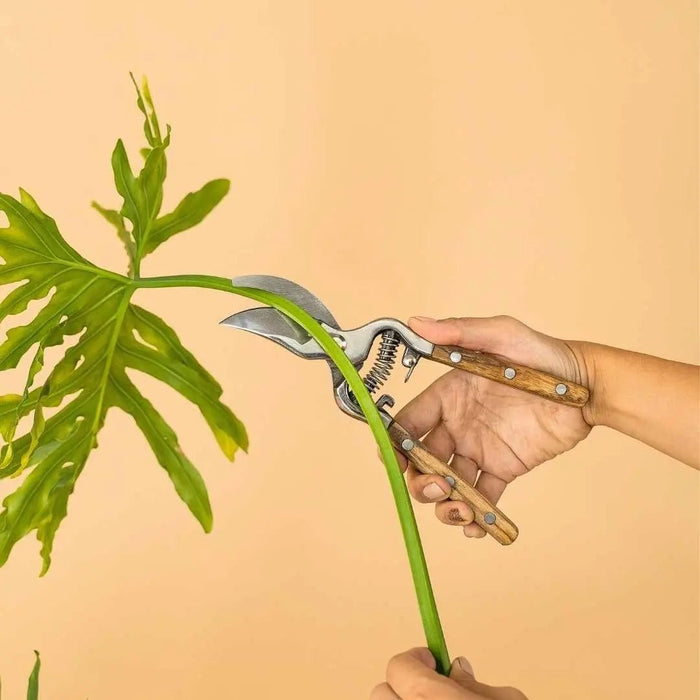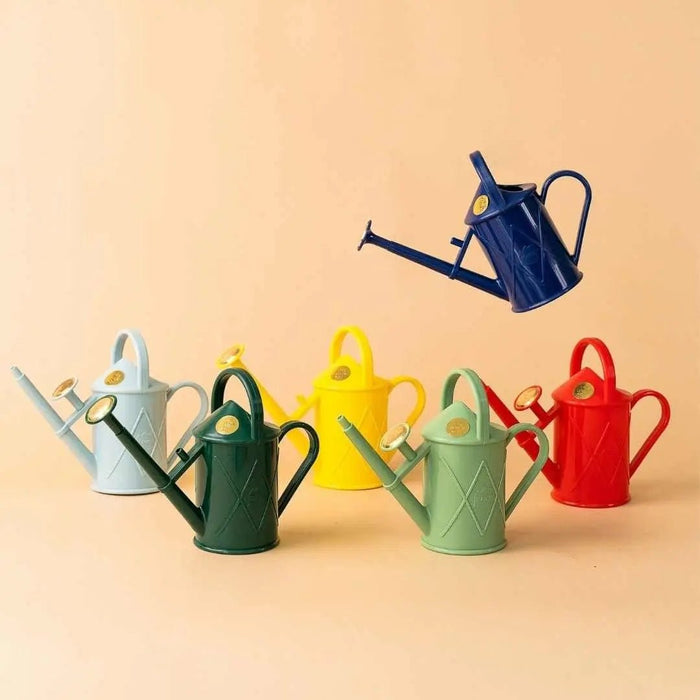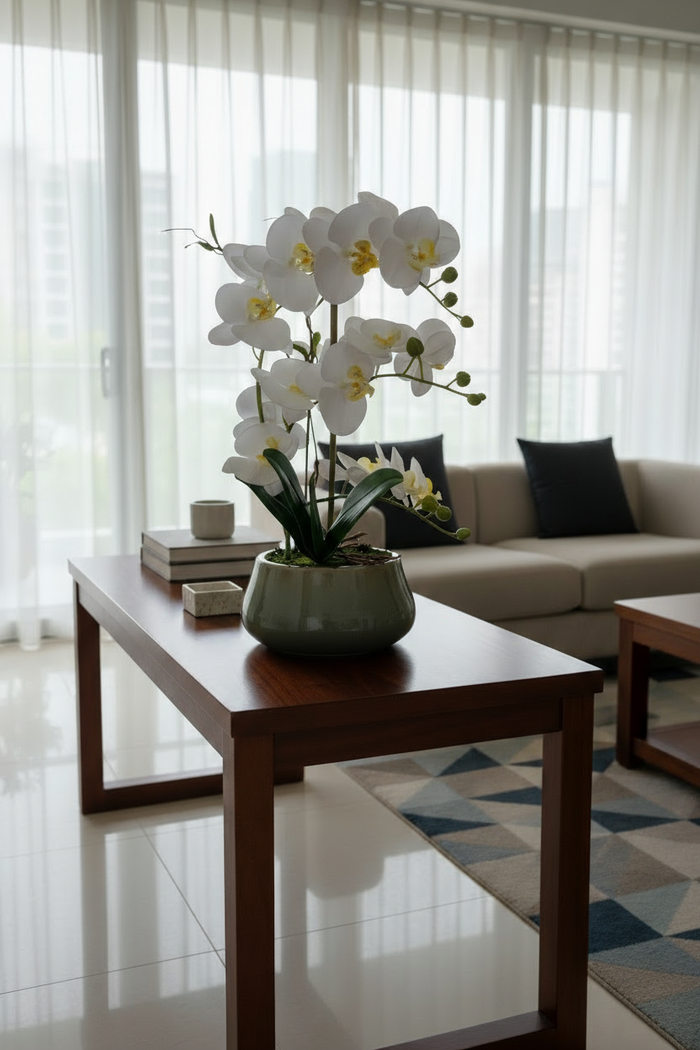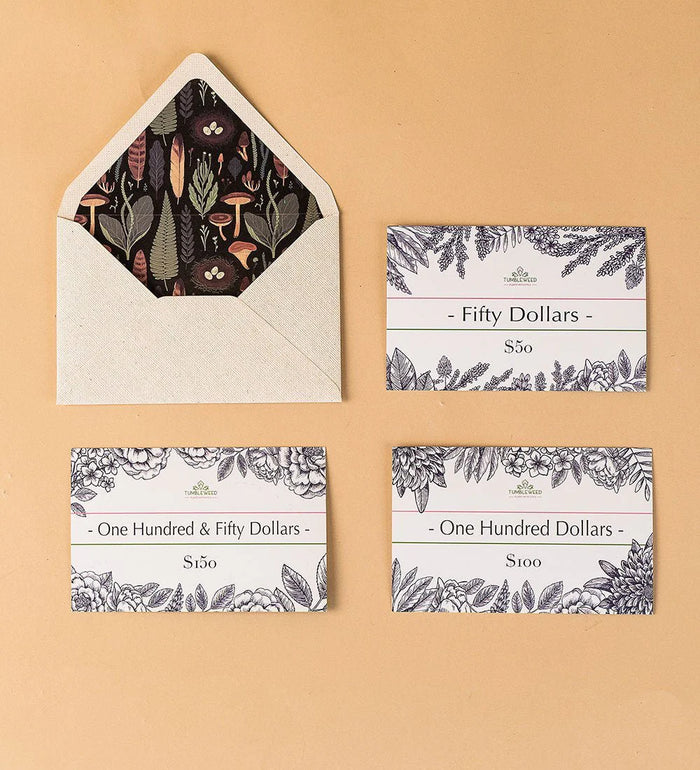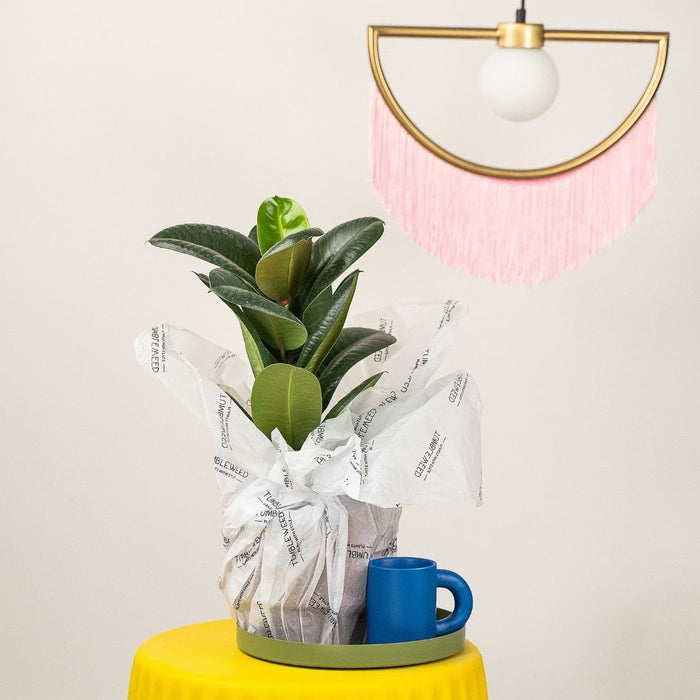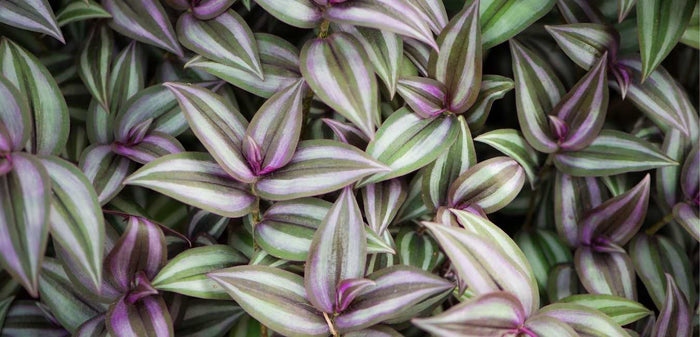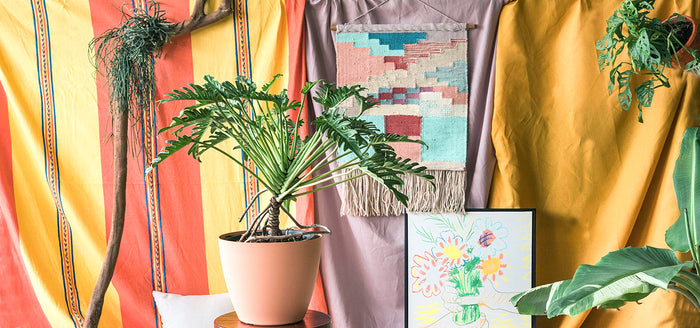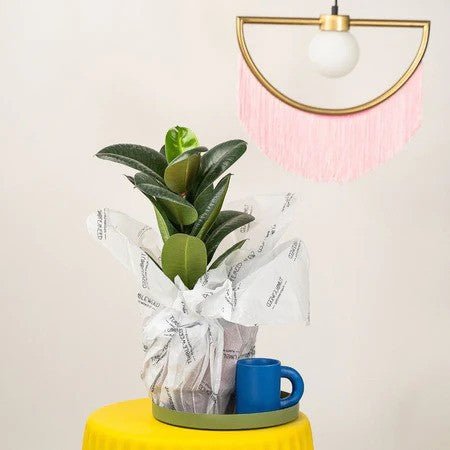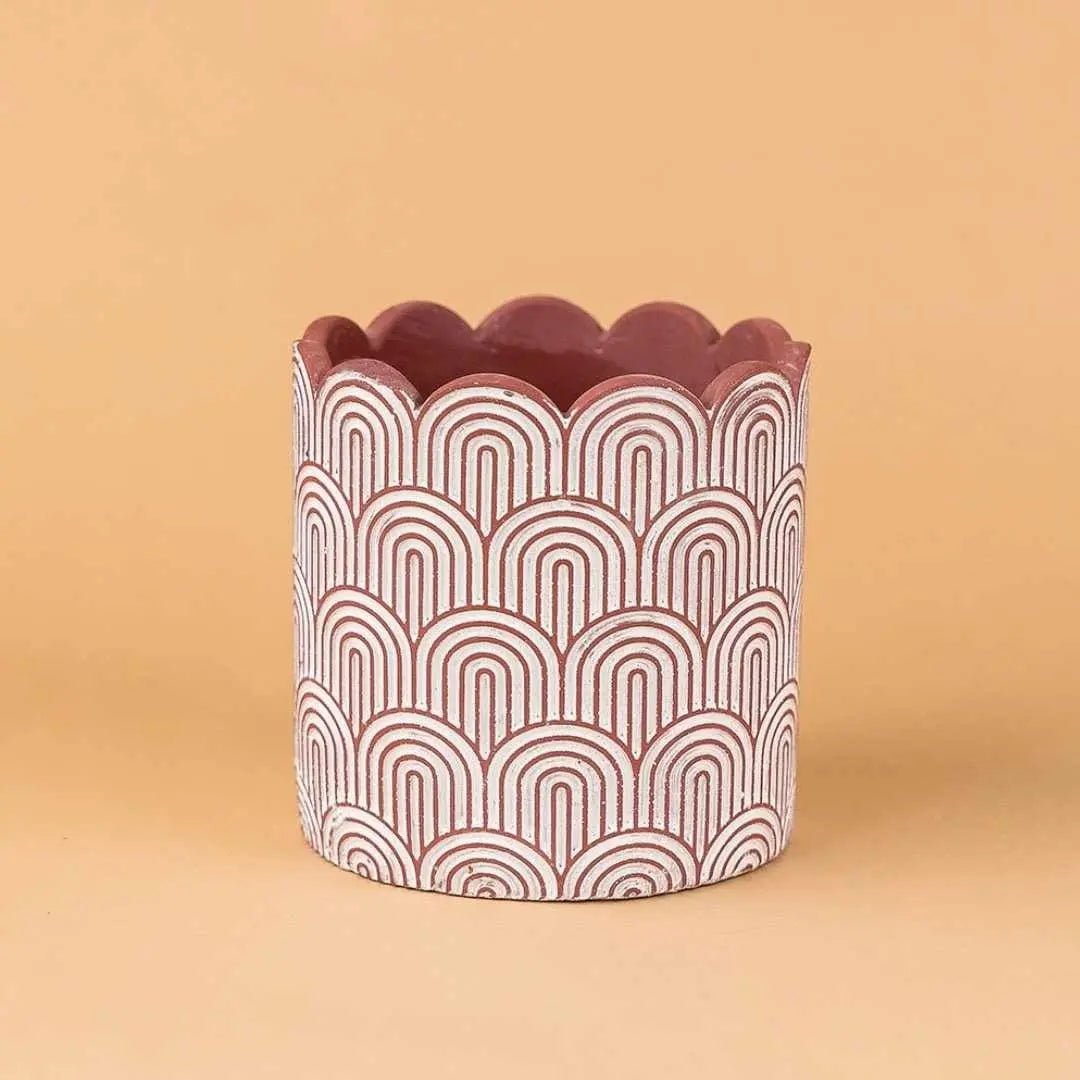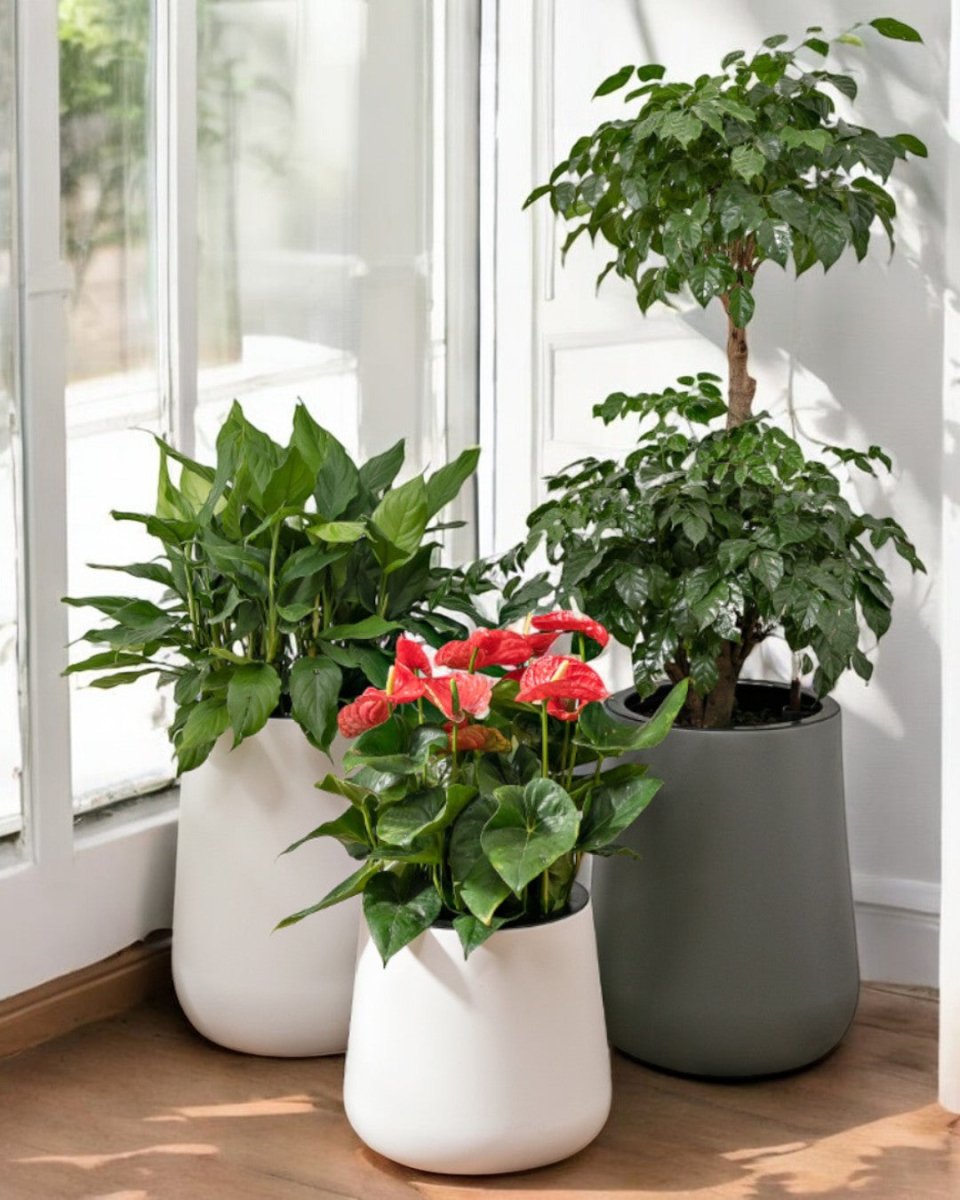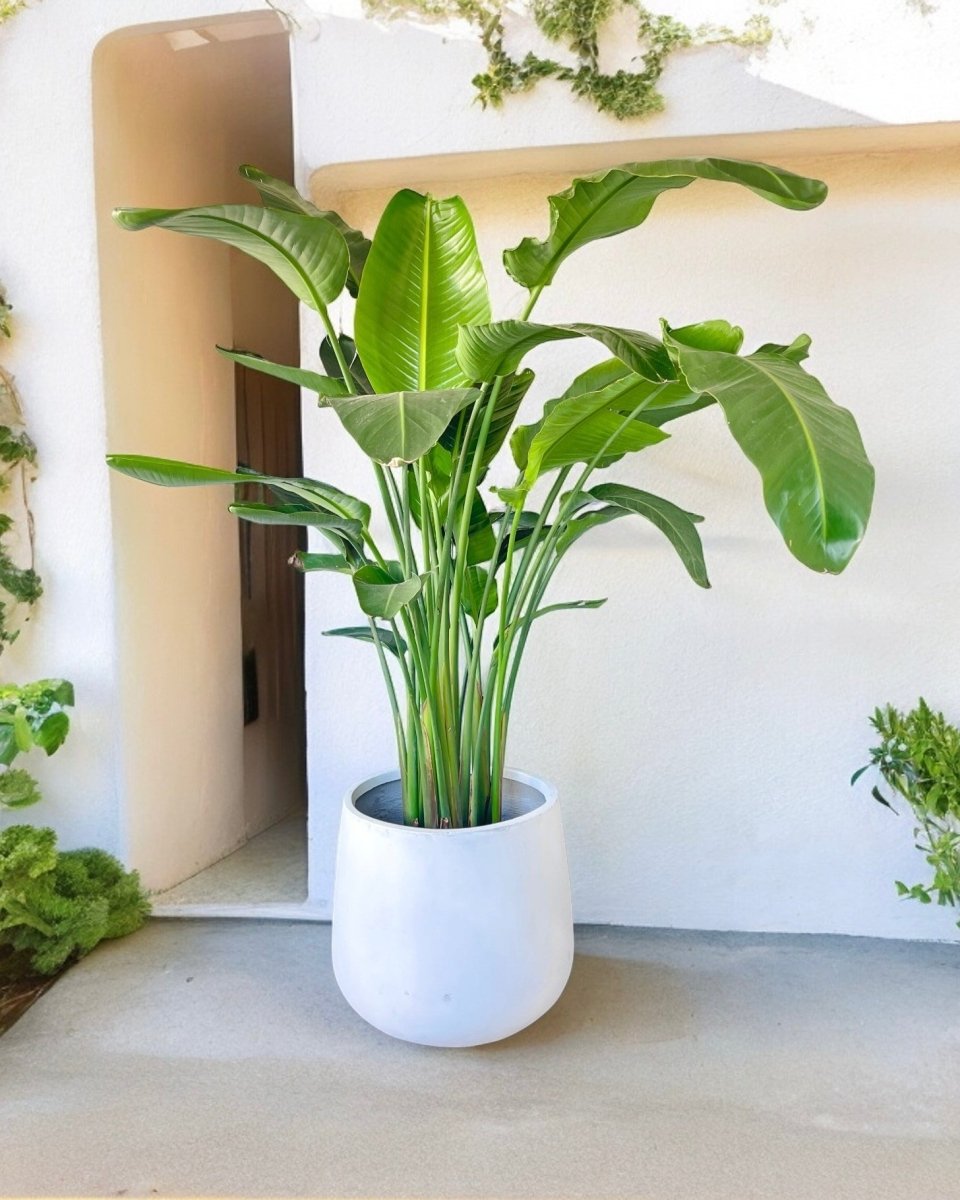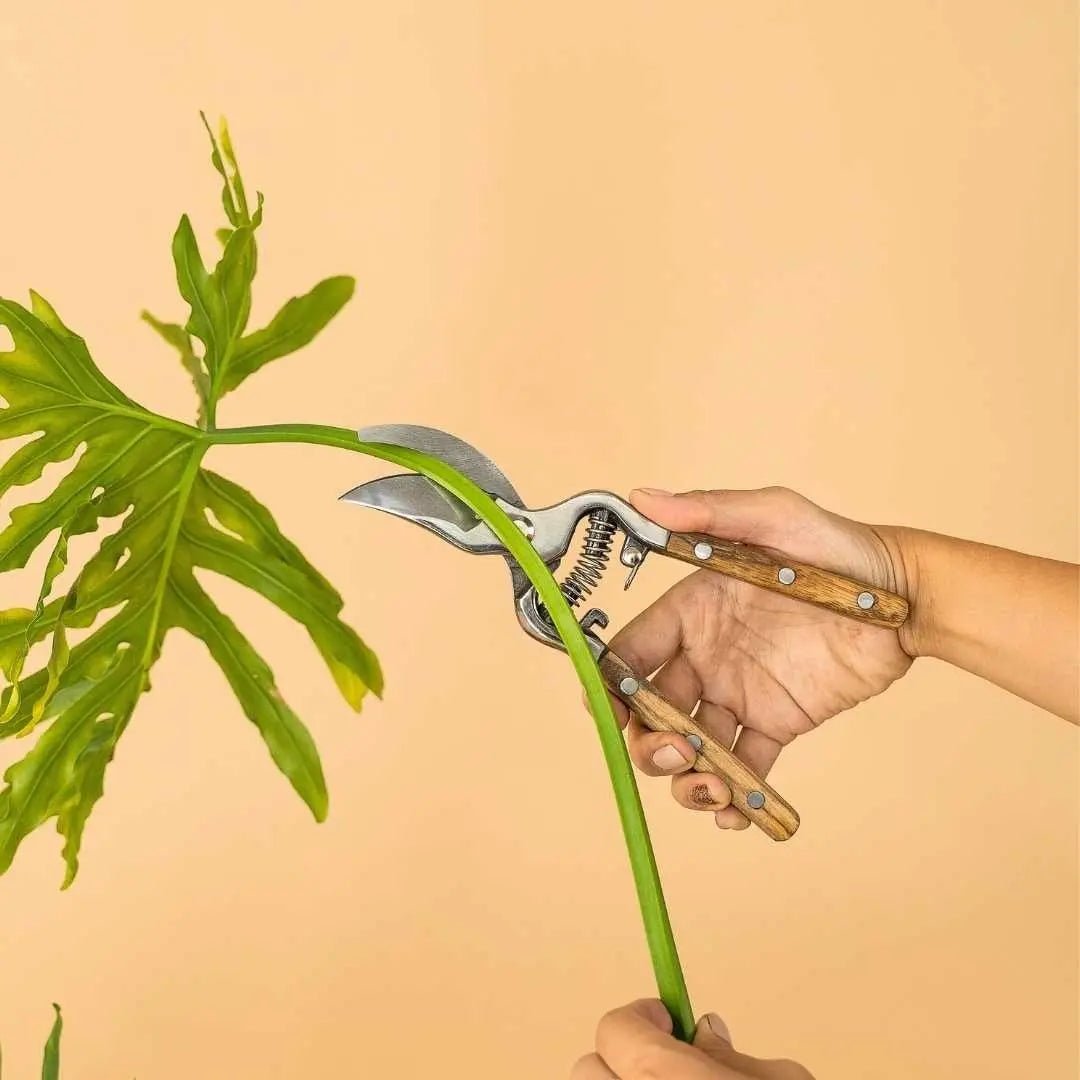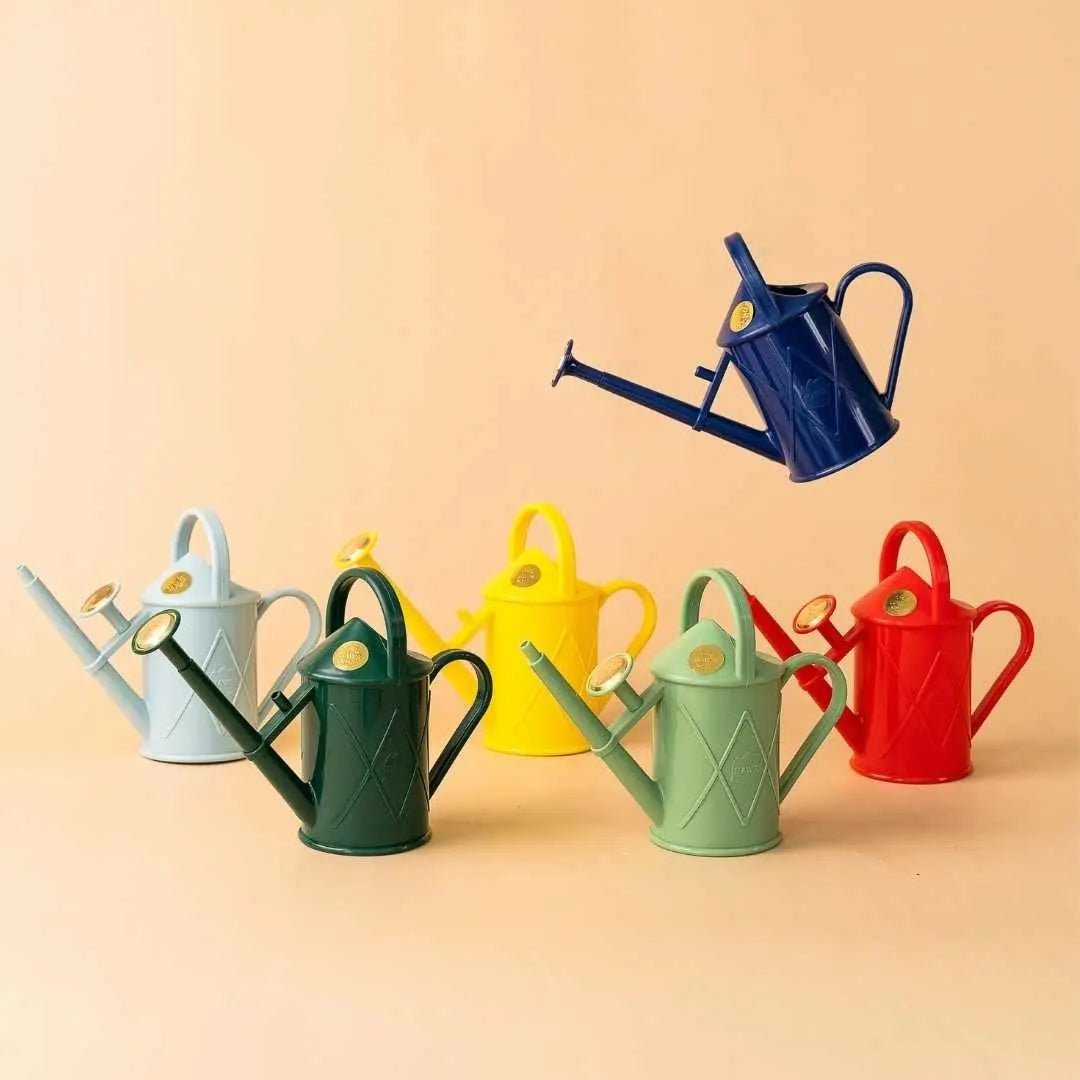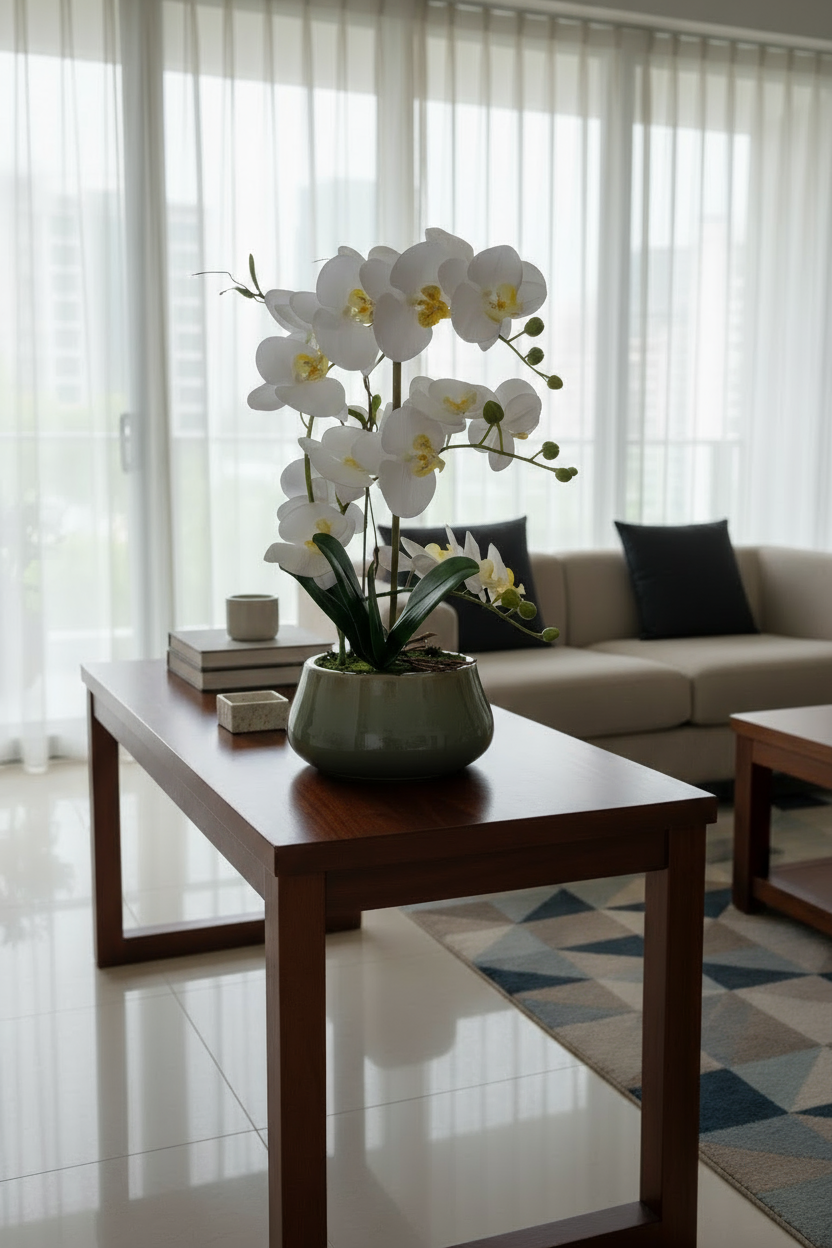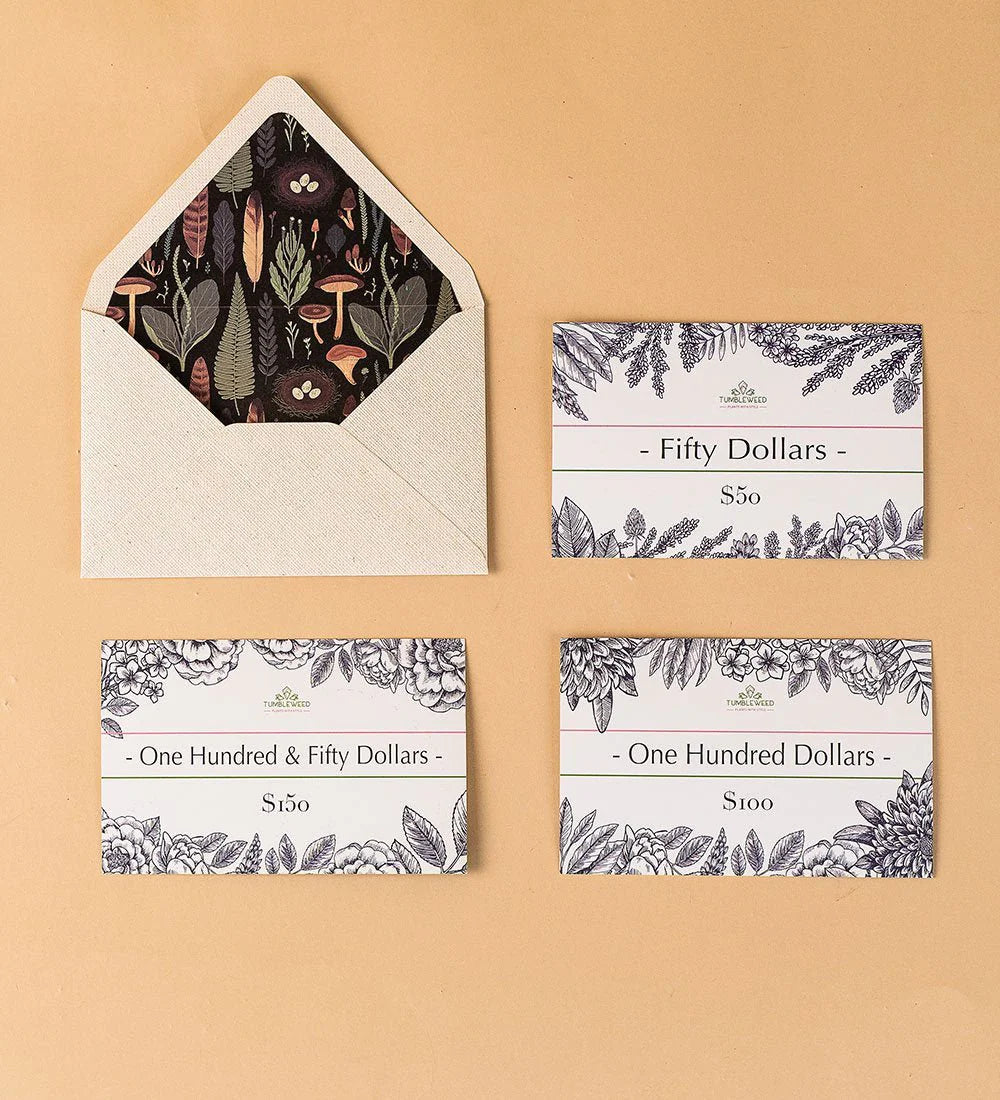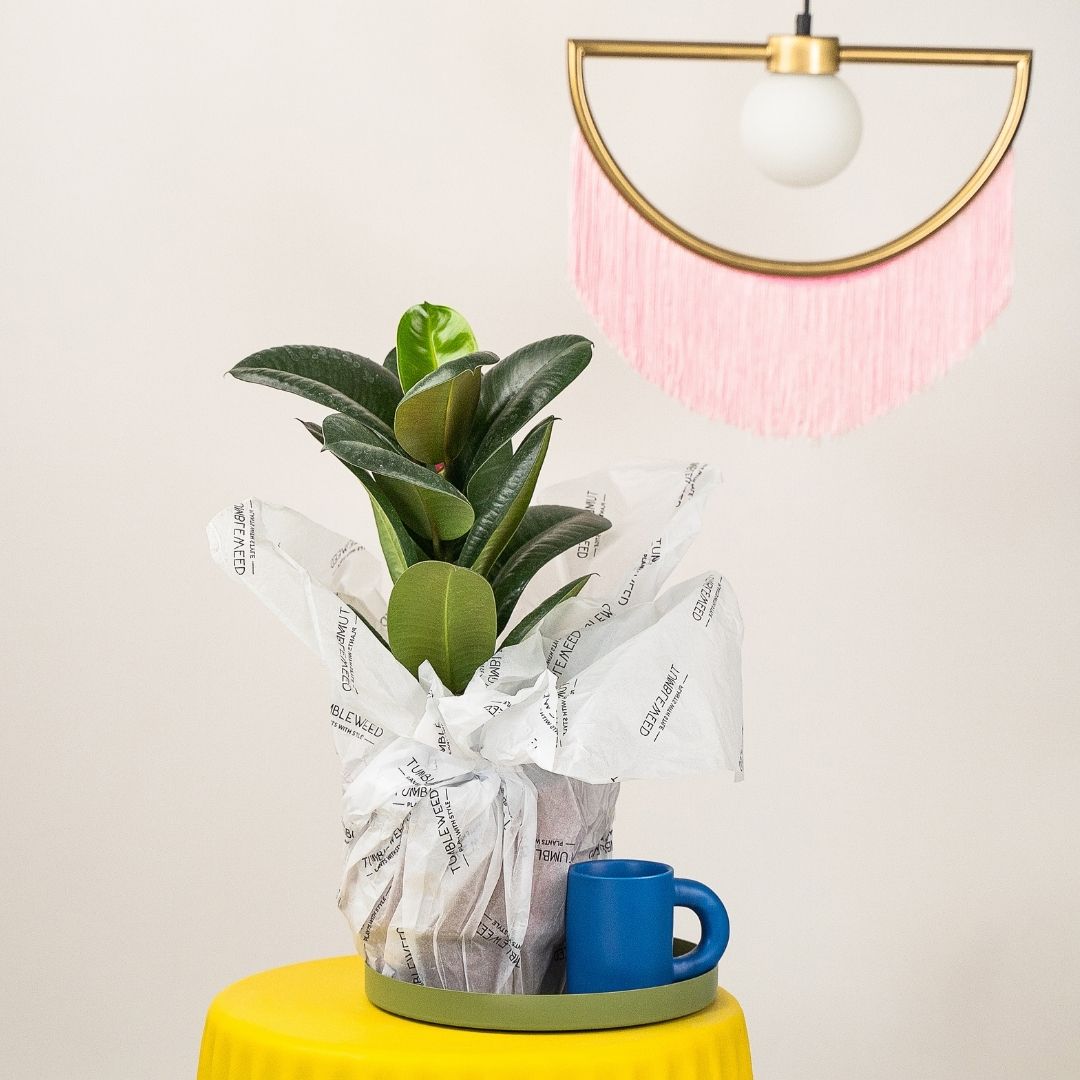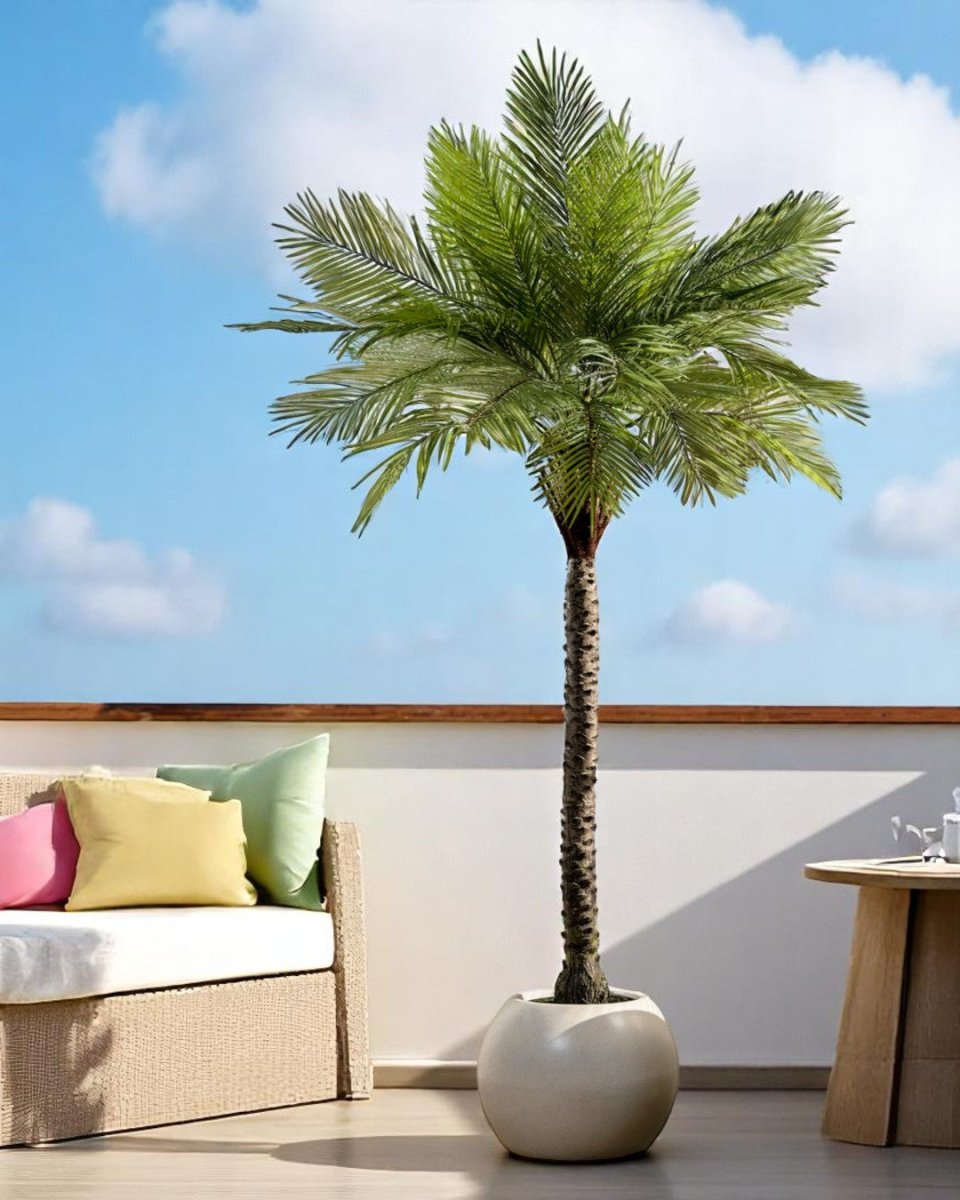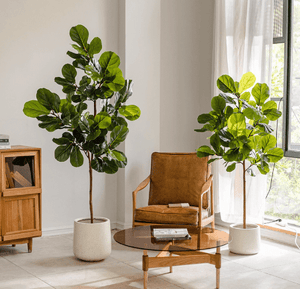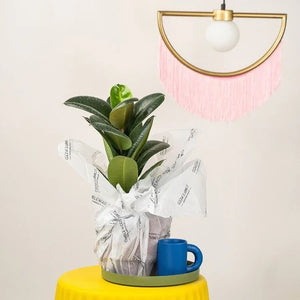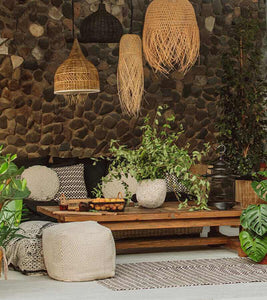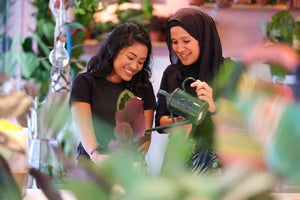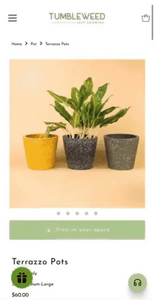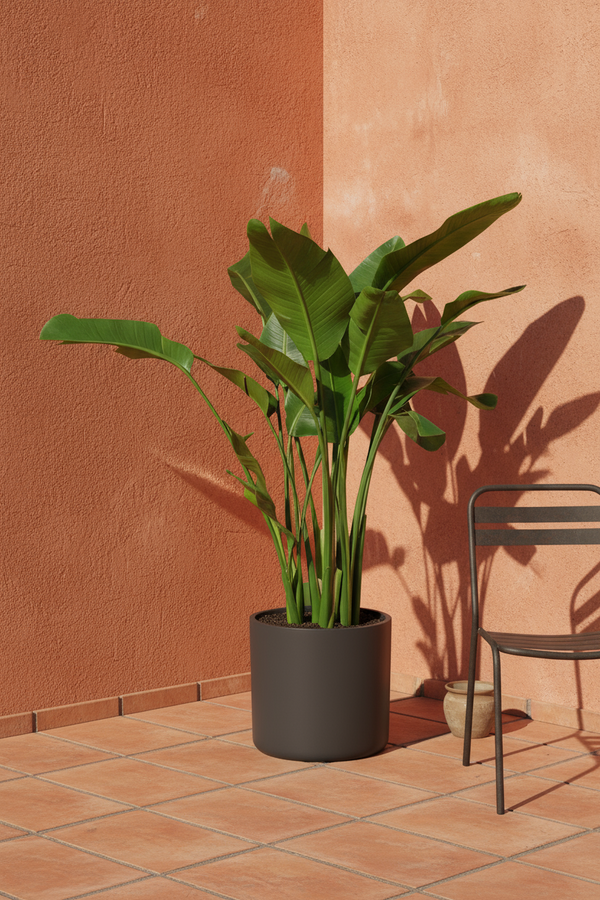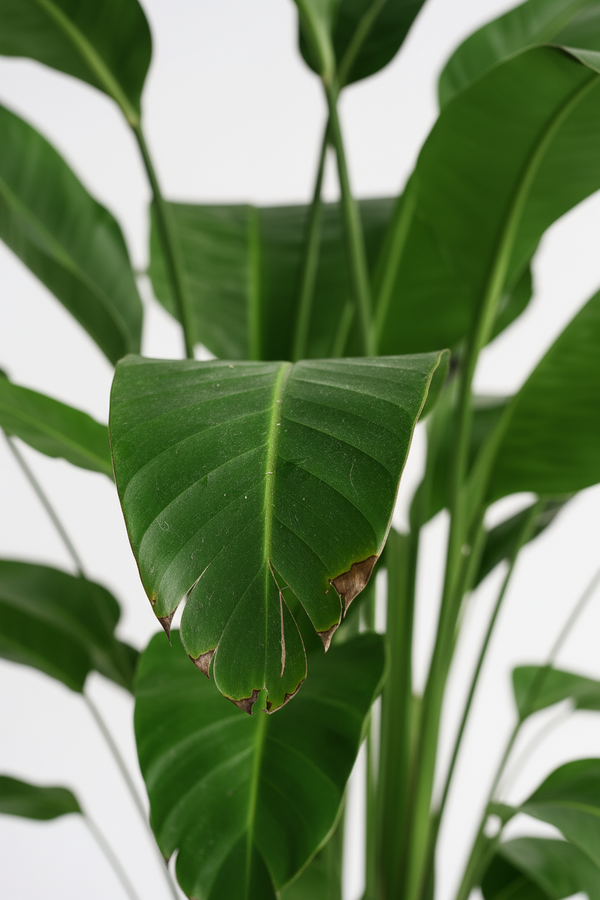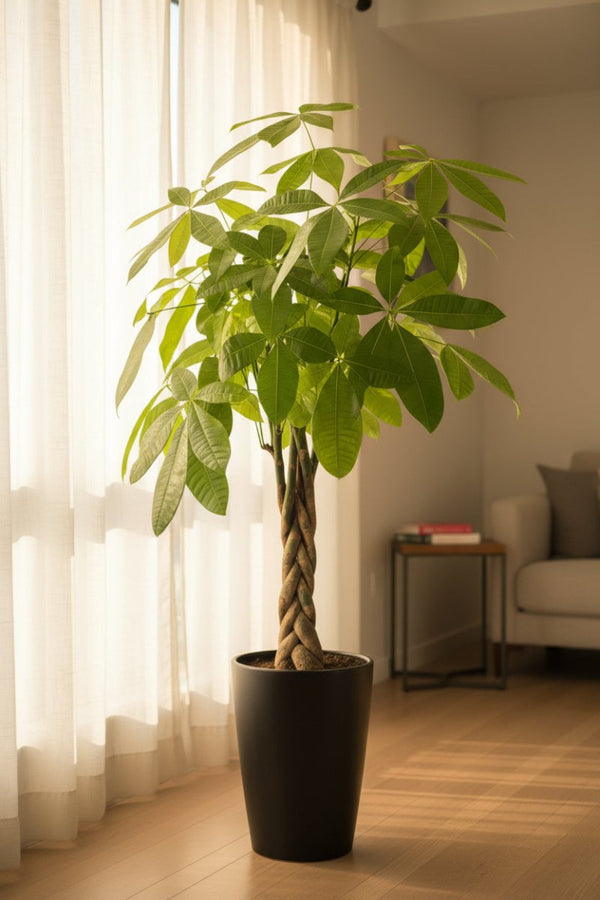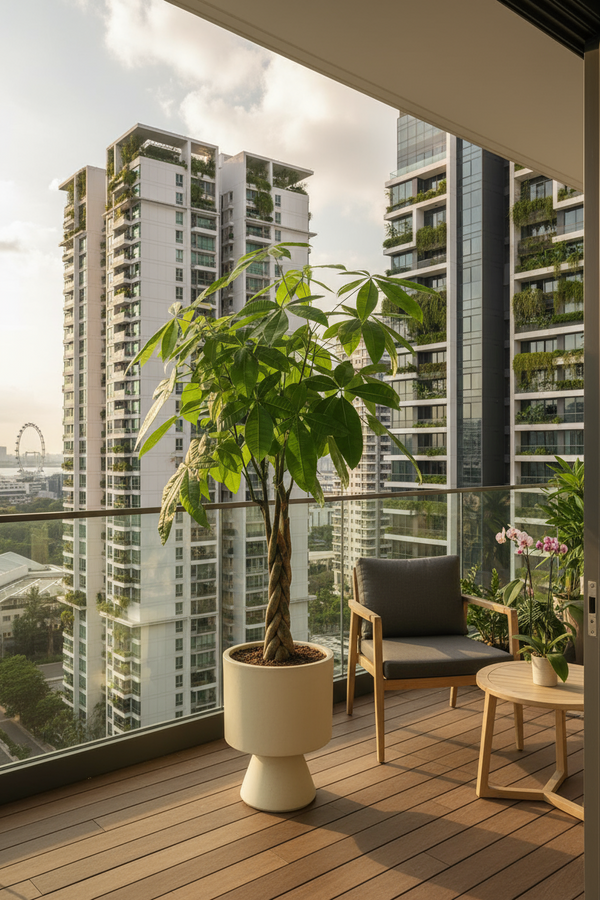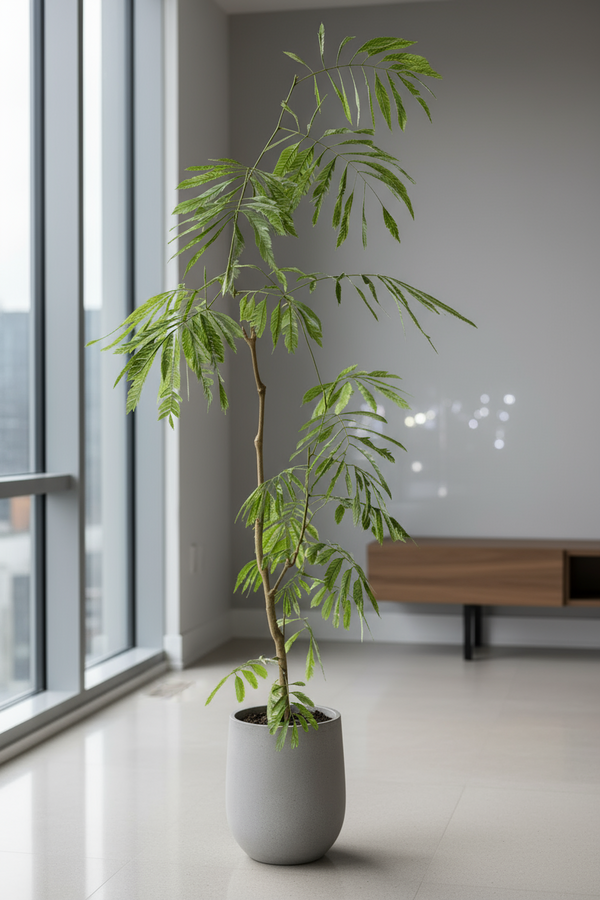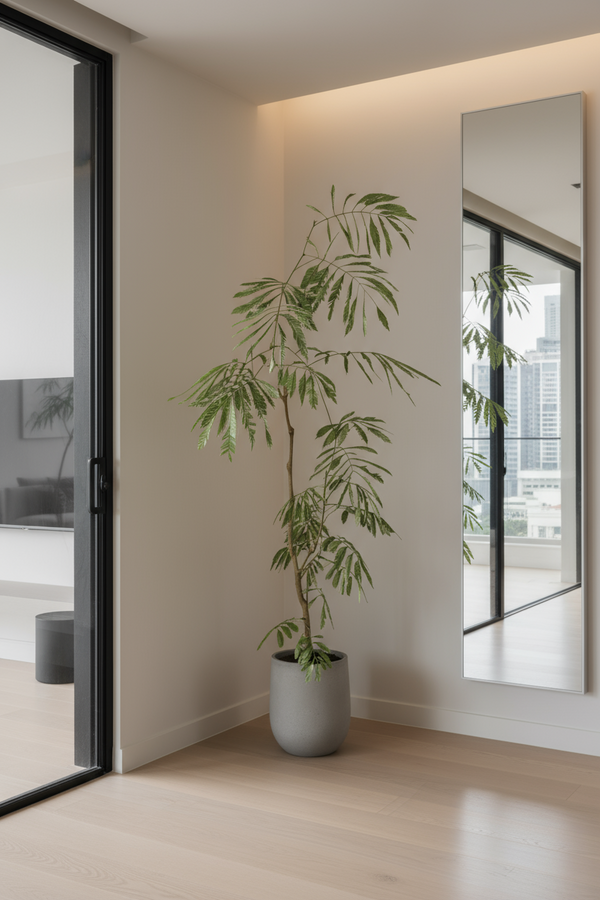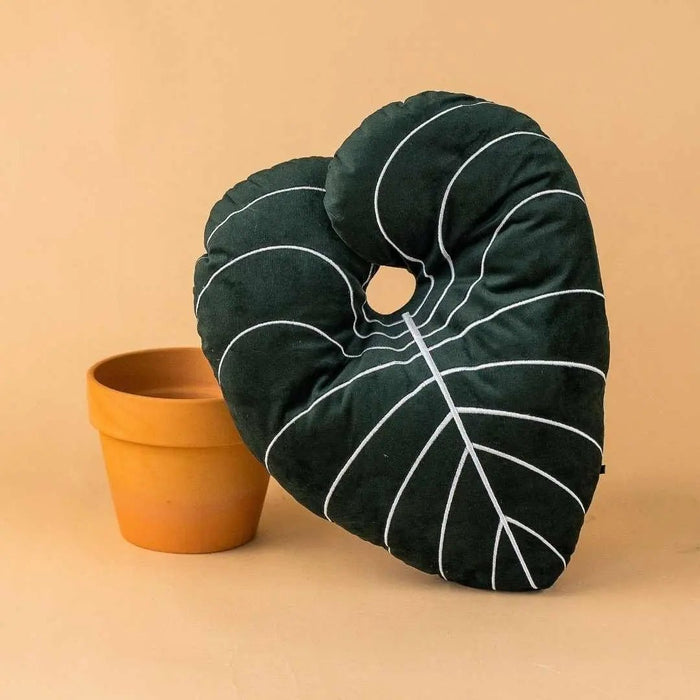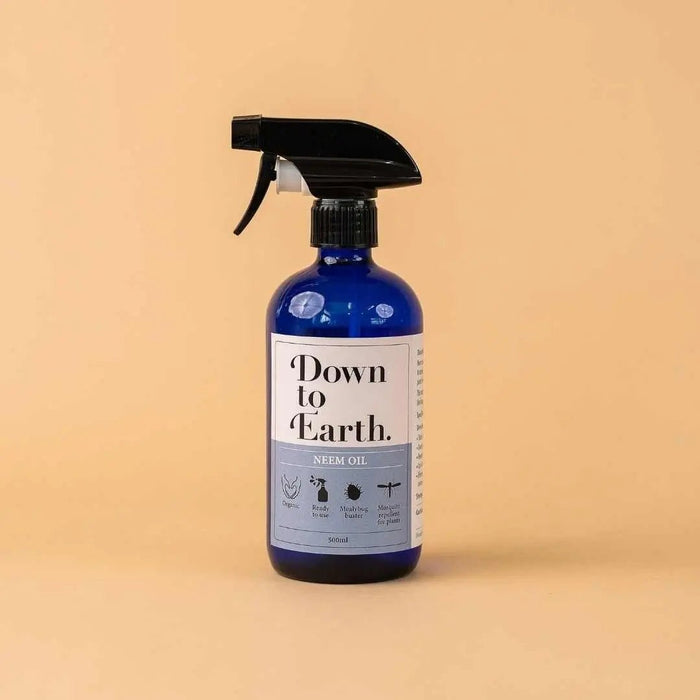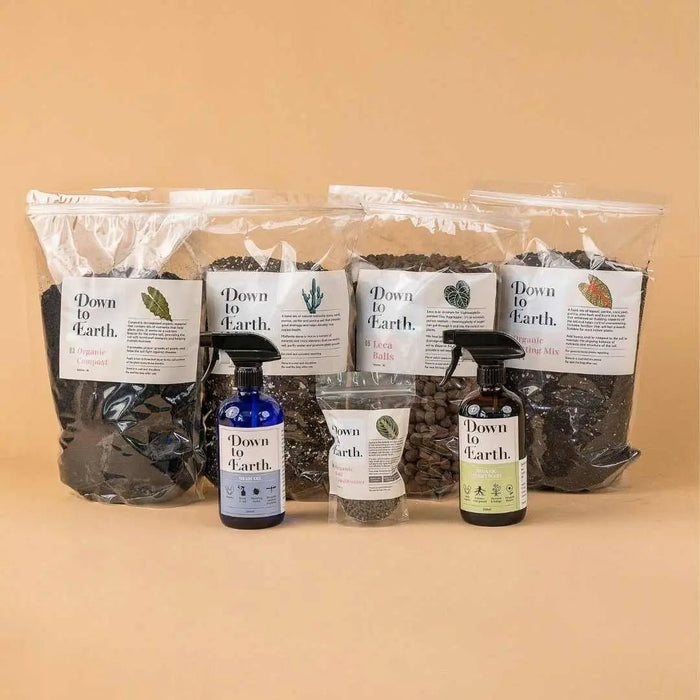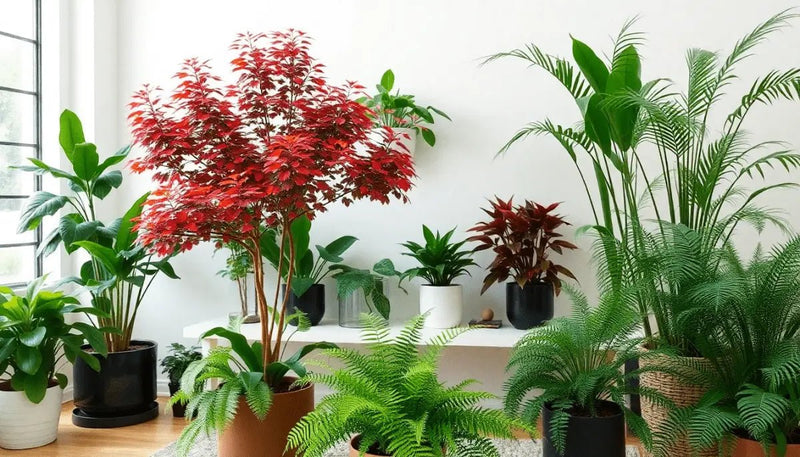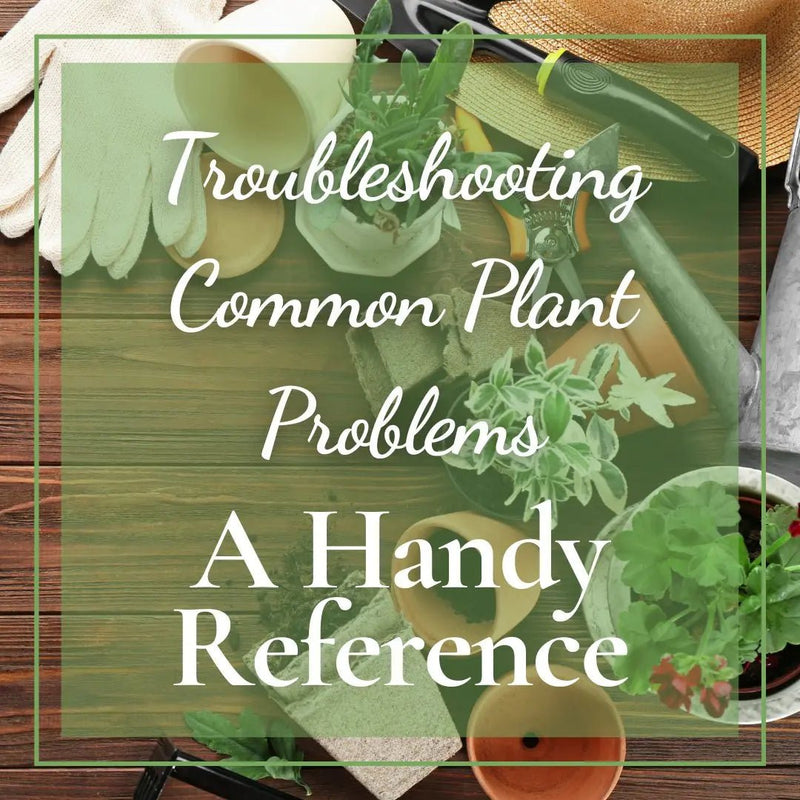How To Plant Lavender In A Pot
Posted on August 21 2024

Planting lavenders in a pot is a rewarding way to bring the soothing scent and beauty of this Mediterranean herb into your home or garden. Lavender thrives in well-drained soil and sunny conditions, making it an ideal candidate for container gardening, especially in areas where garden space is limited. With the right care and attention, potted lavender can flourish, providing you with fragrant blooms and a natural way to repel insects. Whether you're a seasoned gardener or a beginner, following a few simple steps can ensure your lavender plant thrives in its new pot.
Here are the things that you must consider to plant lavenders in a pot.
1. Choosing the Right Pot
Lavender plants thrive in pots that are slightly larger than their root ball, typically around 12-16 inches in diameter. It's crucial to select a pot with adequate drainage holes to prevent waterlogging, as lavender prefers well-drained soil. Terracotta pots are ideal because they allow excess moisture to evaporate, maintaining the dry conditions lavender needs.
2. Selecting the Right Soil
Lavender requires a specific type of soil that is well-draining and slightly alkaline. Regular potting soil can be too dense, so it’s recommended to mix it with sand or perlite to enhance drainage. Alternatively, you can use a cactus or succulent soil mix, which is designed to provide the aeration and drainage lavender needs to flourish.
3. Watering and Drainage
Lavender in pots requires careful watering, as overwatering can lead to root rot. Water the plant thoroughly when the top inch of soil feels dry, typically once every one to two weeks. During hot, dry spells, you may need to water more frequently, but always allow the soil to dry out between waterings to mimic the plant’s natural Mediterranean habitat.
4. Sunlight Requirements
Lavender thrives in full sunlight, needing at least 6-8 hours of direct sunlight daily. When grown in pots, it’s essential to place them in a sunny spot outdoors, such as a patio or balcony. If you’re growing lavender indoors, ensure it’s near a south-facing window where it can receive ample sunlight. Lack of sunlight can result in leggy growth and reduced flowering.
5. Fertilizing and Pruning
Lavender doesn’t require heavy fertilization; in fact, too much fertilizer can reduce its fragrance. Use a slow-release, balanced fertilizer sparingly in the spring when new growth begins. Pruning is crucial for maintaining the plant’s shape and promoting new growth. Trim lavender back by one-third after the first bloom and again in late summer, but avoid cutting into the woody stems, as this can damage the plant.
Frequently Asked Questions
Do Lavender Plants Repel Mosquitoes?
Lavender is well-known for its mosquito-repelling properties, thanks to its strong scent, which comes from the essential oils in its leaves and flowers. The aroma of lavender confuses mosquitoes and other pests, making it an effective natural deterrent when planted around outdoor seating areas or in pots on patios. While it’s not a foolproof method, combining lavender with other repellent plants can enhance its effectiveness in keeping mosquitoes at bay.
Are Lavender Plants Edible?
Lavender is indeed edible and is often used in culinary applications, particularly in baking, teas, and as a flavoring in both sweet and savory dishes. The most common variety used in cooking is English lavender (Lavandula angustifolia), prized for its sweeter, less camphorous flavor. However, it’s essential to use lavender sparingly, as its strong flavor can easily overpower a dish, and always ensure the plant hasn’t been treated with pesticides before consumption.
Are Lavender Plants Harmful to Dogs?
Lavender is generally safe for dogs in small amounts, but it can be toxic if ingested in large quantities due to the presence of linalool and linalyl acetate. Symptoms of lavender poisoning in dogs may include vomiting, diarrhea, and difficulty breathing. If you have pets, it’s advisable to place lavender plants out of reach or monitor them closely to prevent them from chewing on the leaves or flowers.
How to Care for Lavender Plants in Pots?
Caring for lavender in pots requires attention to sunlight, watering, and pruning. Place your potted lavender in a location where it can receive at least 6-8 hours of direct sunlight daily. Water the plant when the top inch of soil feels dry, ensuring good drainage to prevent root rot. Regular pruning after the first bloom and in late summer helps maintain its shape and encourages healthy growth, while avoiding over-fertilization ensures the plant retains its signature fragrance.
Where to Buy Lavender Plant in Singapore?
Lavender plants can be purchased from various nurseries and online stores in Singapore. Popular options include Tumbleweed Plants SG. They offer delivery services, making it convenient to purchase and receive lavender plants directly at your doorstep, ensuring you have fresh and healthy plants ready to thrive in your home garden or balcony.

